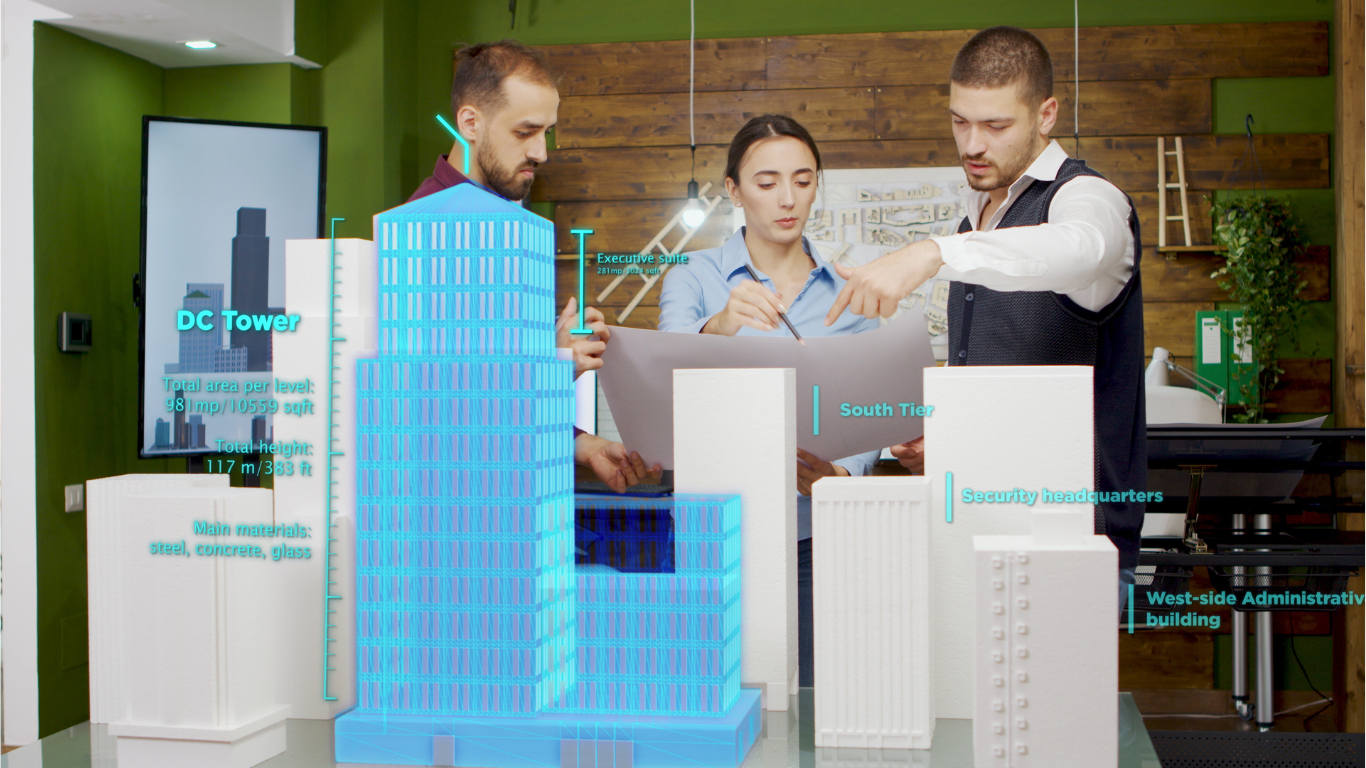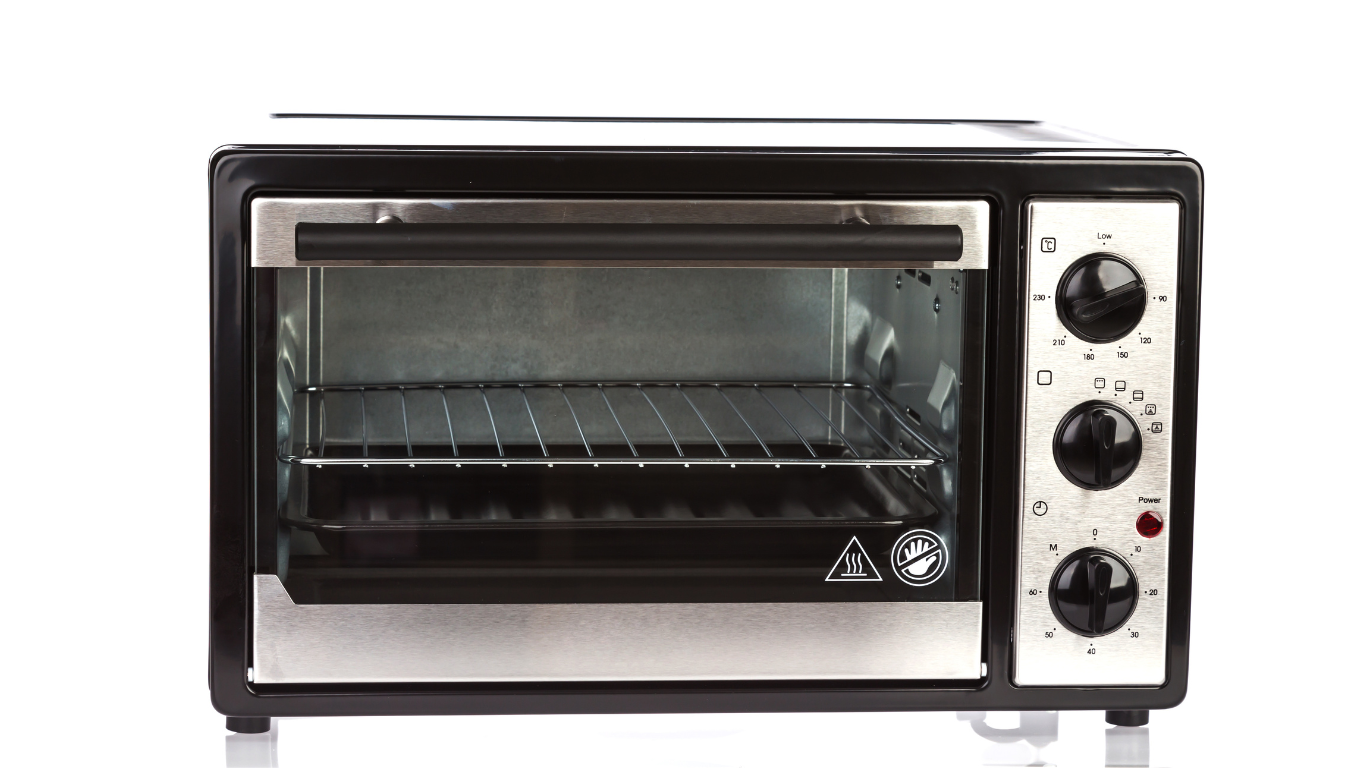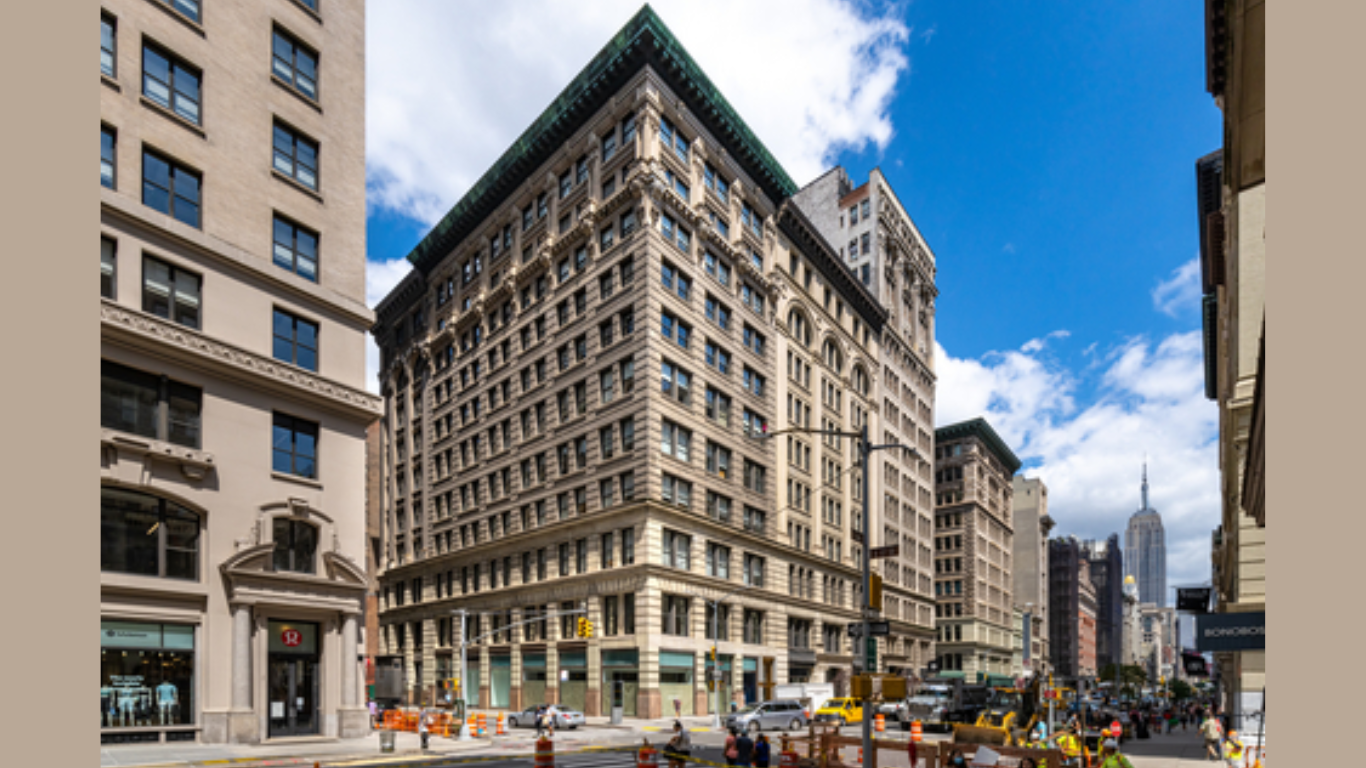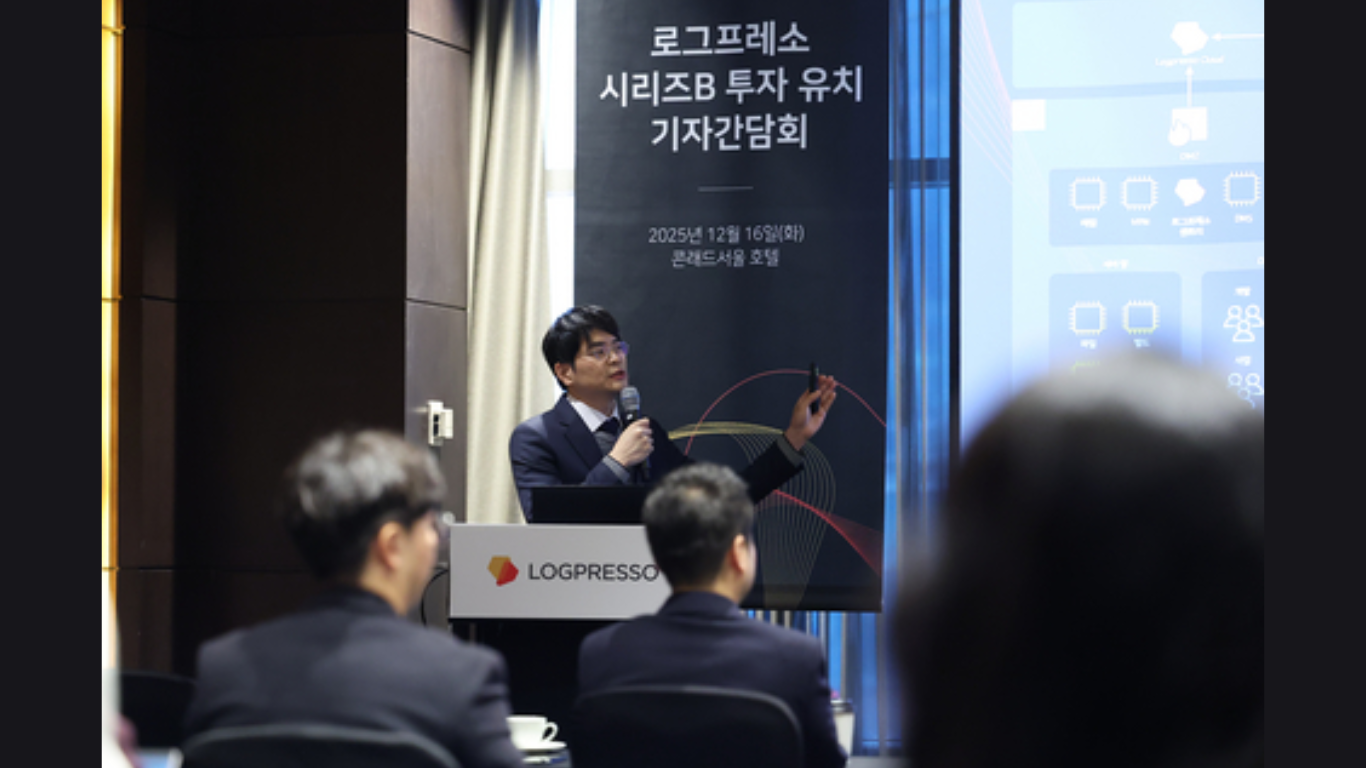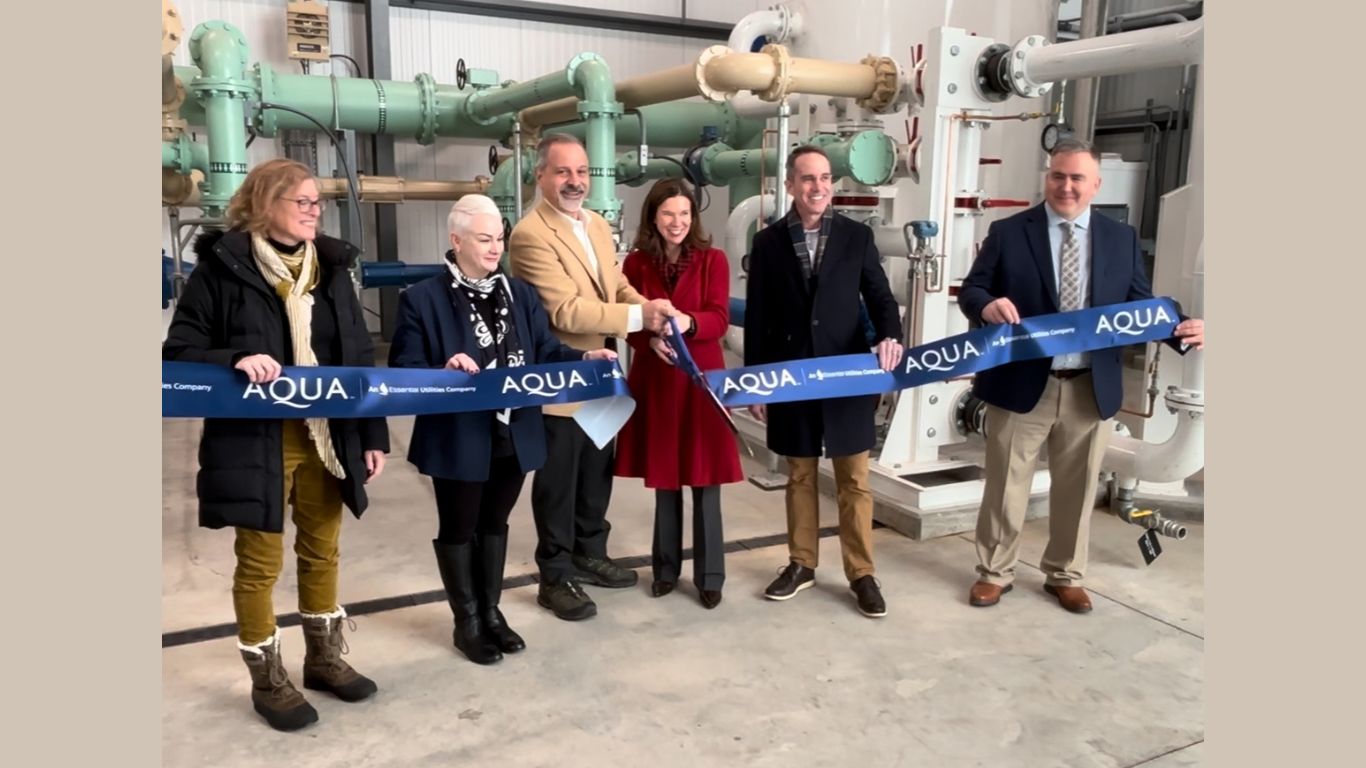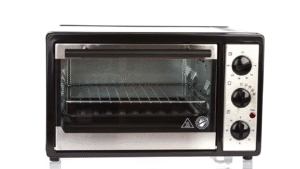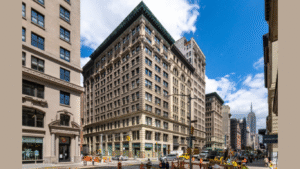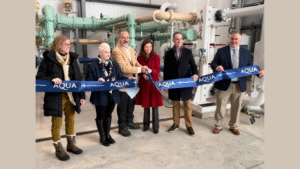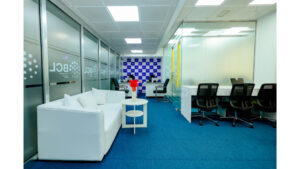In today’s competitive commercial real estate market, simply maintaining a space isn’t enough. Tenants and business owners alike are demanding more from the environments they occupy, expecting spaces that reflect modern values like sustainability, well-being, flexibility, and operational efficiency. Whether it’s a retail space, office, or mixed-use development, strategic improvements to commercial properties can have a profound impact not only on aesthetics but also on long-term profitability.
Smarter upgrades that balance thoughtful design with cost-efficiency aren’t just desirable, they’re essential. When done right, these improvements don’t just elevate the look and feel of a building; they enhance tenant satisfaction, drive down operational costs, and significantly boost return on investment (ROI). Let’s explore how smart design and operational efficiency can work in tandem to transform your commercial property’s value proposition.
Design That Works Harder
A commercial space’s design should go beyond visual appeal. Today’s successful commercial interiors marry aesthetics with functionality, adaptability, and user experience. Design is no longer just about first impressions; it’s about creating spaces that deliver ongoing value.
One of the most impactful design strategies is aligning the space with the brand identity of its occupants. Retail spaces, for example, are increasingly being designed to support immersive brand storytelling, while modern offices are being reconfigured to support hybrid work models. This means incorporating communal areas, soundproof pods, and flexible furniture systems that allow tenants to tailor spaces to their specific needs.
For building owners, investing in core shared areas, like lobbies, restrooms, and break rooms, offers one of the highest potential returns. These high-traffic zones serve as brand touchpoints and significantly influence tenant perception.When renovating, sourcing functional and durable materials for these areas—such as partitions and restroom upgrades from https://onepointpartitions.com/—can offer long-term value through reduced maintenance and a more polished overall impression.
The Efficiency Equation: Doing More with Less
Energy efficiency has rapidly evolved from a “nice to have” to a core component of smart commercial renovation. Tenants and investors alike now look closely at operating costs, and properties that underperform in this area are increasingly seen as liabilities.
Switching to LED lighting, upgrading HVAC systems, and installing occupancy sensors or automated thermostats are foundational steps. These systems not only reduce monthly utility bills but can also qualify for local incentives and sustainability certifications. Over time, they lead to meaningful operational savings that enhance property value.
Water efficiency is another frequently overlooked area. Low-flow fixtures, smart irrigation, and water-saving restroom designs can yield significant savings in larger facilities. Strategic updates in these areas not only help reduce utility costs but also contribute to a more sustainable footprint.
Moreover, integrating technology into a building’s core infrastructure, such as through a Building Management System (BMS), allows for centralized control of lighting, temperature, and even security. These systems help property managers proactively address inefficiencies, identify trends, and streamline maintenance.
Calculating ROI Beyond the Obvious
The ROI on commercial renovations isn’t limited to the increase in rent or resale value. While financial gains are important, soft returns often provide long-term dividends that are harder to quantify but just as impactful.
Take tenant retention, for example. A well-maintained and visually appealing commercial space tends to retain tenants longer, minimizing the costly downtime and marketing expenses associated with high turnover. The same applies to employee productivity in office settings; spaces that are comfortable, well-lit, and thoughtfully designed can lead to higher morale and reduced absenteeism.
Of course, ROI does need tangible metrics as well. Owners should track improvements in energy savings, reduced repair and maintenance costs, and how long it takes to lease vacant space after renovations. Even small upgrades in key areas, like common restrooms or break rooms, can lead to a faster leasing cycle and a more desirable tenant mix.
When prioritizing improvements, it’s wise to start with the most visible and most used areas of the property. These “first impression” zones have an outsized influence on perceptions and decision-making. Updating finishes, fixtures, or layouts in these areas offers a relatively low-cost way to elevate the overall quality of the building.
Sustainable, Strategic, and Forward-Thinking
Prioritizing sustainability has become crucial across nearly every real estate sector. Businesses are increasingly seeking eco-conscious spaces, driven not only by branding considerations but also by sound financial principles. Investments in energy- and water-saving improvements typically offer a rapid return, often within a few years, and continue to generate long-term benefits.
More importantly, forward-thinking renovations position a property for long-term relevance. As regulations around energy use, building emissions, and indoor air quality continue to evolve, commercial buildings that are proactively upgraded will be better equipped to meet compliance standards and avoid costly retrofits down the line.
Another intelligent approach is to design and renovate for adaptability. The needs of today’s tenants are constantly changing. Spaces that can be easily reconfigured, for instance, with movable walls or modular partitions, provide a competitive advantage. They attract a wider range of tenants and facilitate easier space modifications in the future.
Conclusion: A Smarter Way to Build Value
Improving a commercial space isn’t just about aesthetics or quick fixes; it’s a strategic move that directly impacts profitability, tenant satisfaction, and long-term competitiveness. By focusing on smarter design, operational efficiency, and strategic upgrades, property owners can make informed decisions that lead to meaningful ROI.
From energy savings to enhanced market appeal, every improvement should serve a purpose. Even modest upgrades like modern restroom partitions or updated lighting can significantly improve the perception and performance of a property.
The future of commercial real estate belongs to those who plan smarter, build with intention, and prioritize improvements that deliver lasting results. Now is the time to rethink how your space performs and how it can work harder for your bottom line.
Blog received via Blog


